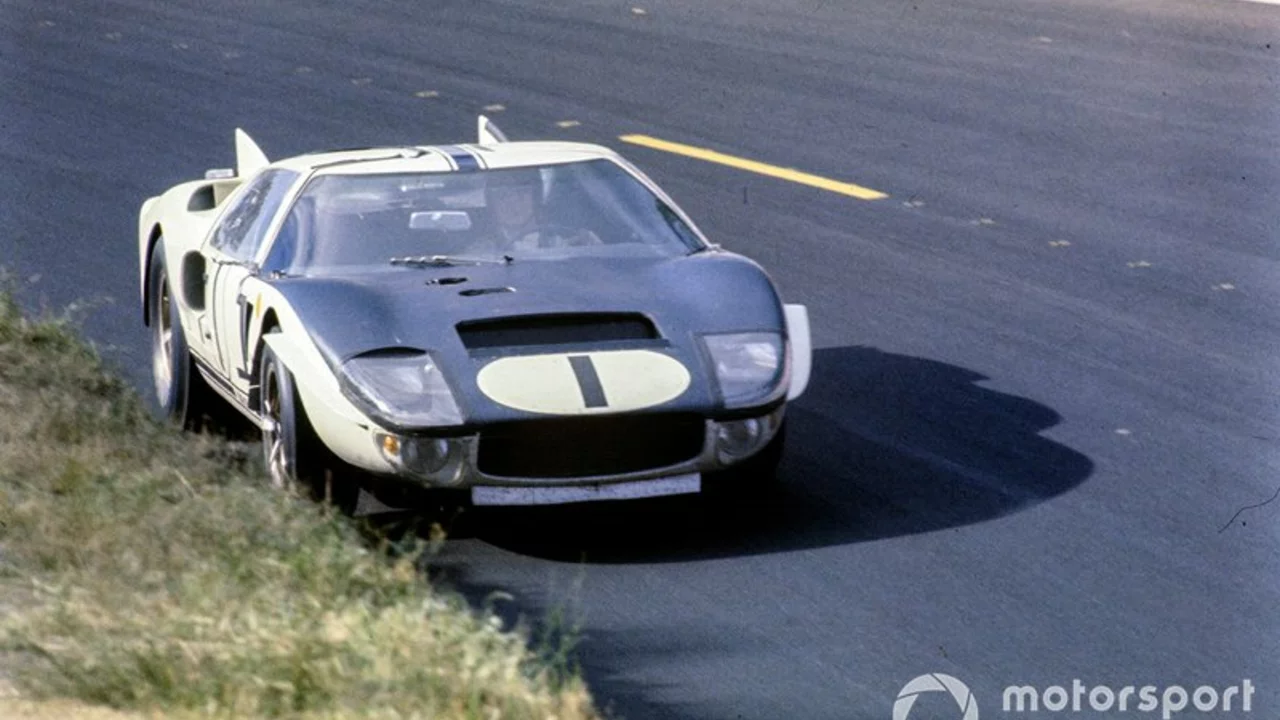Le Mans 24‑Hour Race: A Quick Guide for Fans
Ever wondered why the Le Mans name still pops up in sports news? It’s because the 24‑Hour race is the ultimate test of speed, stamina, and strategy. From its humble start in 1923 to today’s high‑tech showdown, Le Mans has always been about pushing cars and drivers to the limit.
If you’re new to endurance racing, the idea of racing for a full day can sound crazy. But that’s exactly the point – it separates the legends from the rest. Teams have to keep the car running, the drivers fresh, and the pit crew sharp, all while chasing the fastest lap.
How the 24‑Hour Race Works
The race runs nonstop from noon on Saturday to noon on Sunday. Instead of one driver, each car fields three (sometimes four) drivers who rotate in shifts called stints. A stint can last anywhere from one to four hours, depending on the track, weather, and fuel strategy.
Cars are split into classes. The top class, Hypercar, features the fastest prototypes. Below that are the LMP2 and LMGTE Am categories, which let smaller teams compete. Each class runs its own race within the race – you’re not just watching for the overall win, you’re also cheering for class victories.
Pit stops are where the drama happens. Teams refuel, change tires, and swap drivers in under 30 seconds if everything goes right. A mistake in the pits can cost minutes, which is huge when you’re racing against time.
Tips for Watching Le Mans
Want to catch the action without breaking the bank? Start with the live broadcast on TV or a streaming service that offers the race. The commentary usually points out the key battles in each class, so you’ll know who’s leading when the overall leader is on a different track.
If you can, try a race‑day experience at the Circuit de la Sarthe. Arriving early gives you a chance to explore the fan zone, grab food, and watch the early hours when the track is relatively quiet. Bring ear protection – the roar of a prototype at 200 km/h is louder than you think.
When you’re at home, keep a simple schedule: watch the start, the first night (when the lights go green), and the final hour. Those moments capture the biggest excitement and the most dramatic overtakes.
Don’t forget the stats. A quick look at the leaderboard every hour tells you who’s leading overall and who’s topping each class. It helps you follow the race without getting lost in the long‑haul nature of a 24‑hour event.
Finally, join an online forum or social media group dedicated to Le Mans. Fans share updates, explain strategies, and celebrate class wins. It’s a great way to feel part of the community even if you’re watching from the couch.
Le Mans isn’t just a race; it’s a story that unfolds hour by hour. Whether you’re a seasoned fan or a total newcomer, understanding the basics, watching the key moments, and connecting with other fans will make the 24‑Hour experience unforgettable.
Did Ken Miles lose Le Mans?
In the controversial 1966 Le Mans race, Ken Miles did technically lose, but not because of his performance. Despite crossing the finish line first, he was declared second due to a rule that counted the total distance covered. Ford, in a bid to achieve a photo finish with their three cars, inadvertently cost Miles the win. It's a topic of heated debate even today in racing circles. Essentially, Miles was the fastest, but due to a technicality, he didn't take home the trophy.
Did Ken Miles lose Le Mans?
Ken Miles was a race car driver who tragically died in 1966 while testing a Ford J Car at the Riverside International Raceway. In the 2019 film Ford v Ferrari, his story was told and his attempt to win the 24 Hours of Le Mans race in 1966 was featured. In the film, it appears that he was denied victory due to a technicality and his dream of winning was not realised. However, the true story is slightly different and while Miles was not officially declared the winner, he and his co-driver Denny Hulme did receive the checkered flag first. Unfortunately, due to a misunderstanding, the race was declared a tie and neither driver was awarded the victory. Thus, Ken Miles lost the race, but not due to any fault of his own.

